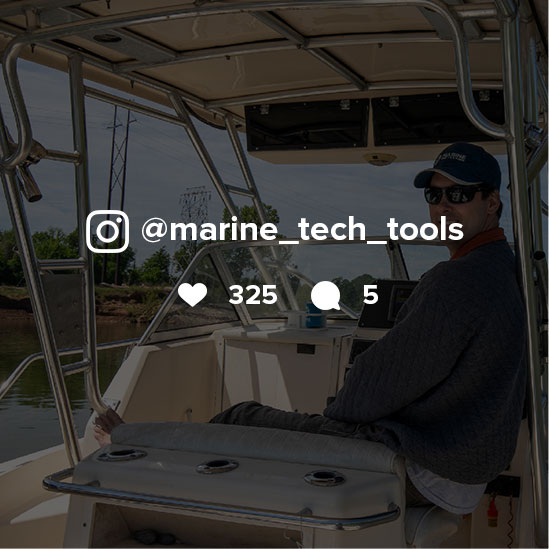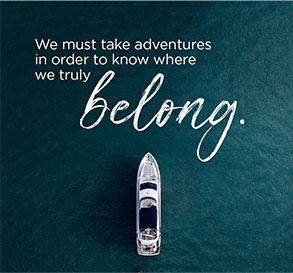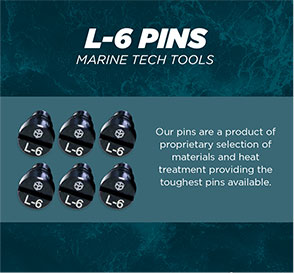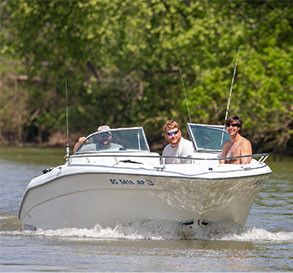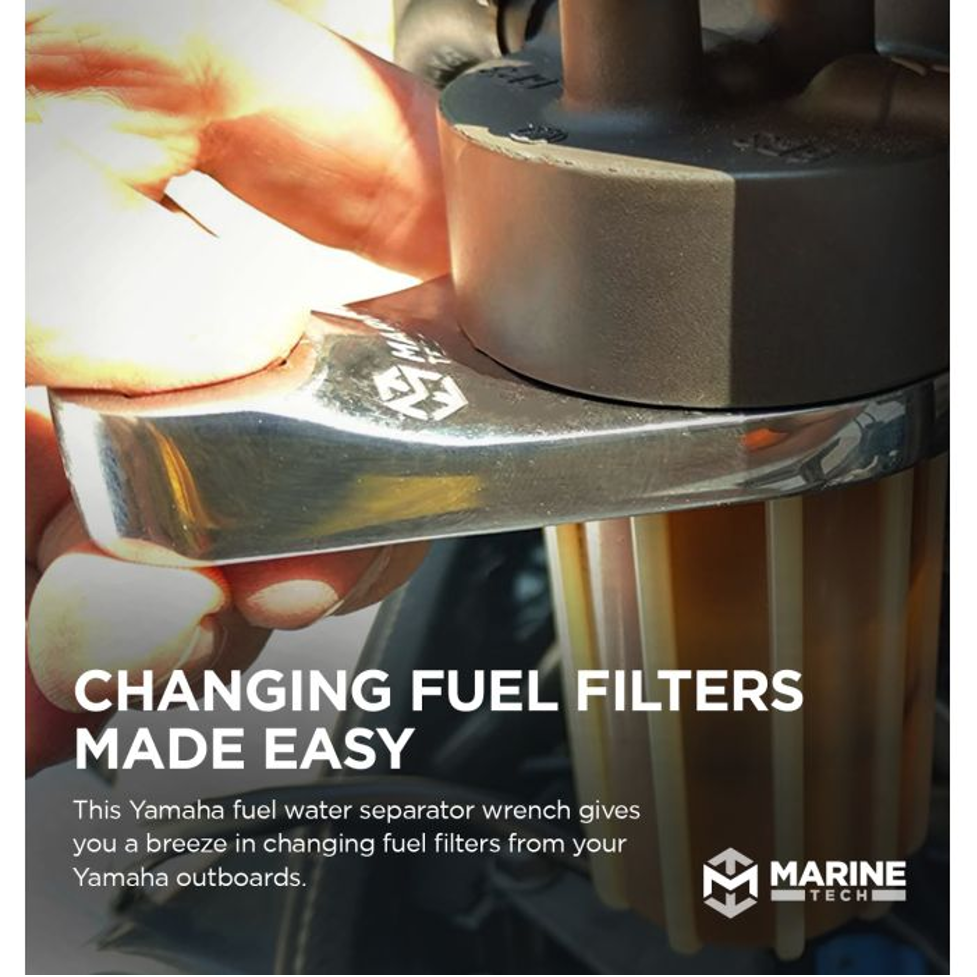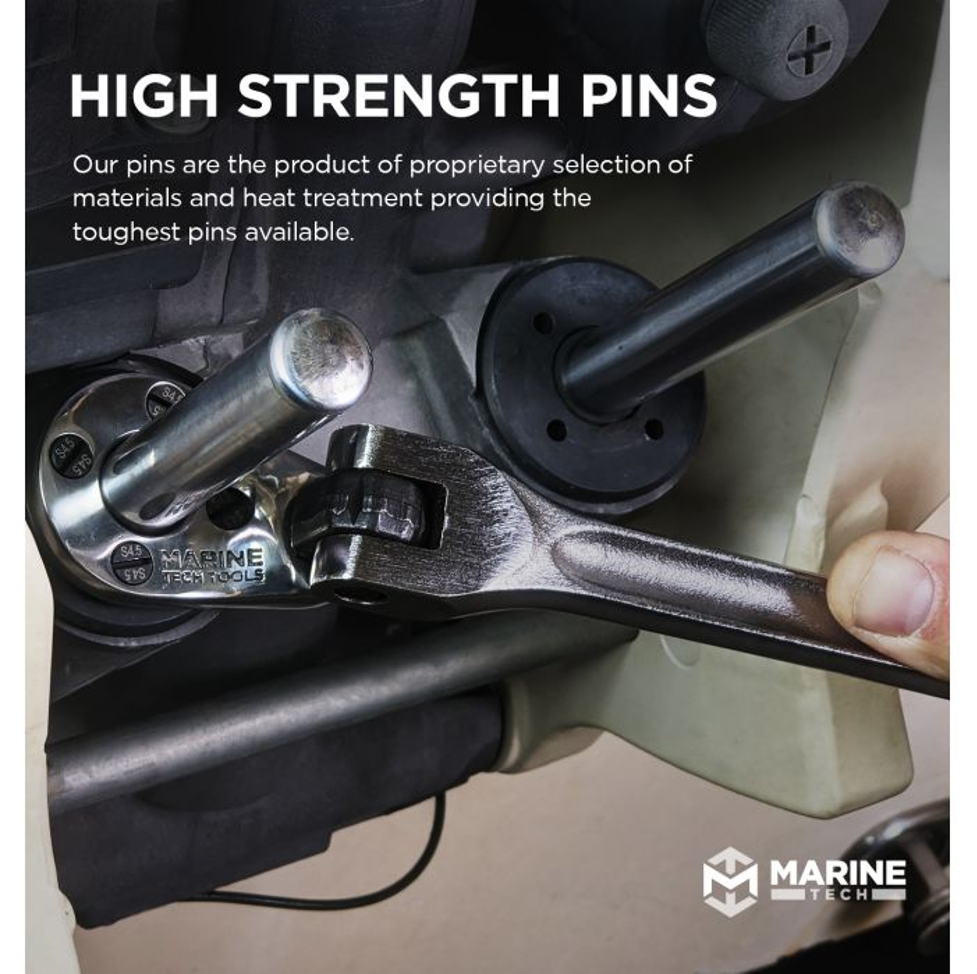If you’re a new boat owner, you might not be very familiar yet with how to navigate and steer your boat once you’re actually out there on the open water. While steering your boat in the direction you want it to go sounds simple enough, it’s not always easy to get your boat quickly and safely from Point A to Point B. But with some basic know-how and the right tools, you can certainly do it. Here’s what you need to know to navigate and steer your boat.
Considerations for Nautical Navigation

Finding your way on the water isn’t necessarily as straightforward as it sounds. Unlike driving a car, there aren’t roads or clearly marked routes to follow, and a number of external factors can influence where your boat ends up — even if you think you’re heading in the right direction.
For starters, weather can play a huge role in making it difficult to navigate. Wind, fog, darkness, and other weather conditions can throw you off course or disorient you if you aren’t paying close attention. Before you head out, make sure you have a good idea of what weather to expect, and account for it in your navigation plans.
You’ll also need to take into account water currents and leeway (the effect of wind blowing your boat off course), both of which can keep you from moving in the exact direction you intend to go.
Finally, you’ll want to be aware of any known underwater hazards like wrecks, debris, rocks and reefs, shallows, etc., and to be on alert for any unknown or unexpected ones. The last thing you want is to accidentally run aground or have damage occur to the bottom of your boat.
Navigation Methods

There are multiple tools you can use to navigate your boat, from traditional analog methods to cutting-edge technology — and it’s not a bad idea to have more than one method at your disposal in case of an emergency.
There are two major types of navigation methods:
- Compass and charts: The tried-and-true navigation calculation methods are still used today for good reason. If you know how to use the basic tools of compass, charts, parallel rulers, and dividers, you can find your way no matter where you are, even when more modern tools fail.
- Electronic navigation: There are a number of electronic devices designed to help you navigate on the water, some much more expensive than others. A common type are GPS and chartplotters, which make it easy to keep track of your position, plot your course, and even stay aware of known hazards or prime fishing spots in the area.
Whatever method you use to navigate, do your best to know where you are at all times and have a plan for how you’ll handle emergencies like sudden bad weather, failed technology, or getting way off-course.
How to Steer Your Boat
Now you’ve got navigation down, but it’s also important to know how to steer your boat to follow that navigation path. Yes, a steering wheel is a steering wheel, but there are still some big differences between steering a car and steering a boat.
This video from BoatUS Magazine takes you through the basics of steering a boat, including understanding thrust and how to make safe turns for your passengers.
Always Keep Your Bearings
When you’re out on the water, it’s important to always be aware of where you are, where you’re headed, and what’s going on around you. With a little basic knowledge and plenty of practice, you’ll be able to navigate and steer your boat with ease — and have a blast while doing so.


